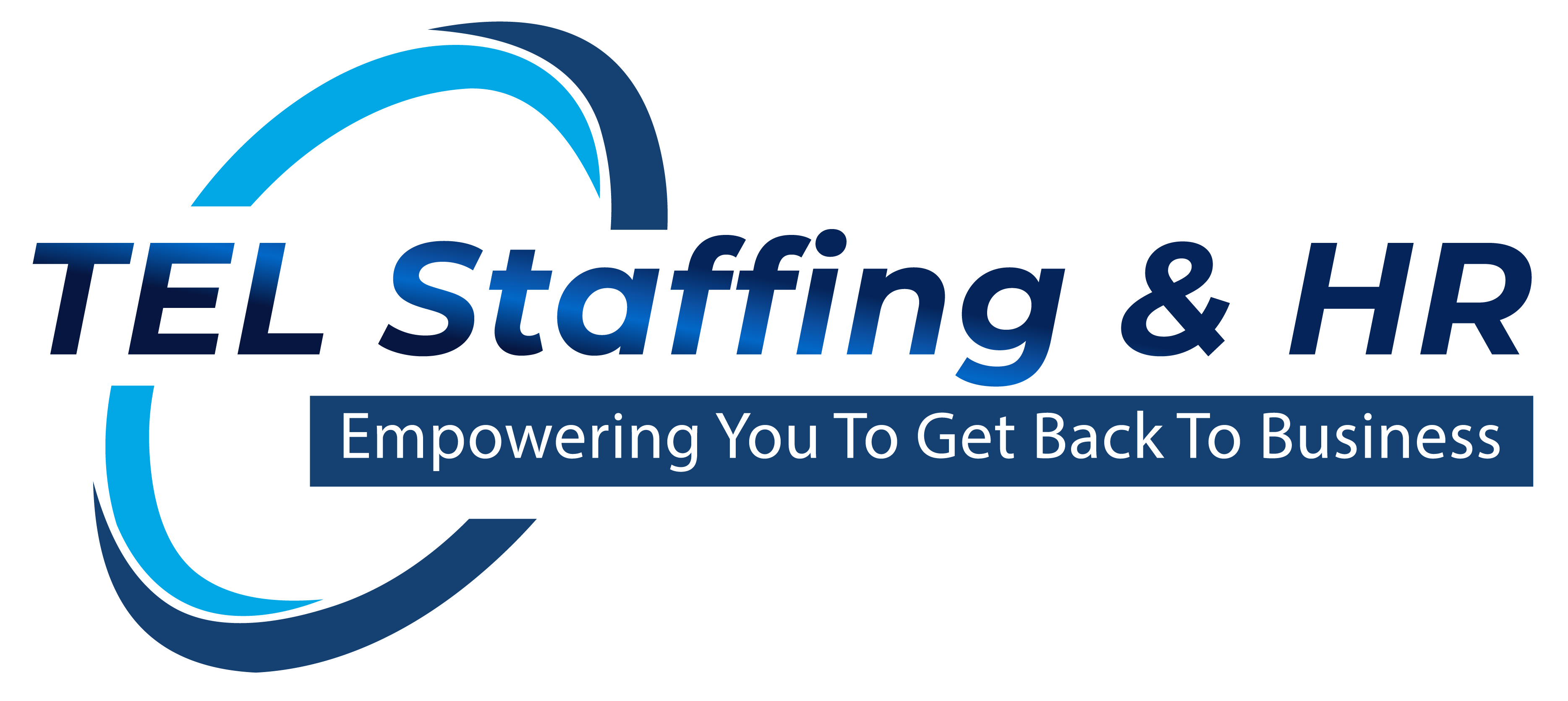In today’s competitive job market, retaining top talent is more challenging than ever. High turnover rates not only disrupt productivity but also impose significant financial burdens on businesses. One of the most effective strategies for combating turnover is employee recognition. A well-structured recognition program fosters a positive workplace culture, enhances employee morale, and ultimately leads to cost savings.
The Power of Employee Recognition
Employees who feel valued and appreciated are more likely to stay with their current employer. Recognition boosts engagement, strengthens loyalty, and fosters a sense of belonging. Research from Gallup shows that employees who are regularly recognized for their contributions are more motivated and productive (Gallup, 2016). This leads to improved overall performance, job satisfaction, and ultimately higher retention rates.
Real-World Examples of Successful Recognition Programs
Several well-known companies have embraced recognition as a core component of their employee retention strategies.
- Zappos
Zappos, an online retailer, has long been praised for its company culture, where employee recognition plays a central role. Zappos uses a peer-to-peer recognition system called "Bonusly," which allows employees to give small bonuses to one another for a job well done. The company believes this creates a positive feedback loop that enhances engagement and reduces turnover. Zappos has reported impressive retention rates, with employees staying on average 2.5 years longer than those in similar industries (Hsieh, 2010). - Google
Google’s employee recognition program, which includes both public recognition in team meetings and more personalized rewards, has been a major factor in its success at maintaining a motivated and loyal workforce. Google’s efforts to recognize employees’ achievements go beyond monetary rewards and include career development opportunities, autonomy, and meaningful work. The company’s ability to retain top talent, especially in competitive fields like tech, is testament to the value of recognition in keeping employees engaged (Schmidt & Rosenberg, 2014). - SAS Institute
SAS Institute, a software company, is another example where recognition is key to employee retention. The company’s recognition program includes both formal and informal efforts, such as celebrating anniversaries and achievements, offering personalized recognition, and maintaining open lines of communication between employees and management. As a result, SAS consistently ranks high on lists of the best places to work and has a turnover rate of less than 3%, well below the industry average (SAS, 2018).
Cost-Saving Benefits of Recognition
Turnover costs can be staggering. Replacing an employee can cost up to twice their annual salary when factoring in recruitment, training, and lost productivity (SHRM, 2017). By implementing an effective recognition program, companies can:
- Reduce recruitment costs – Retaining employees means fewer resources spent on hiring and onboarding.
- Enhance productivity – Engaged employees perform better, leading to increased efficiency.
- Improve morale – A positive workplace culture encourages employees to contribute their best efforts.
- Strengthen employer brand – Organizations known for valuing employees attract top talent, reducing hiring difficulties.
Building an Effective Recognition Program
Creating a culture of recognition doesn’t have to be complicated or costly. Here are a few simple yet impactful strategies:
- Personalized appreciation – Tailor recognition to individual achievements and preferences.
- Peer-to-peer recognition – Encourage colleagues to celebrate each other’s successes.
- Public acknowledgment – Recognize employees’ contributions in team meetings or company-wide announcements.
- Incentives and rewards – Offer meaningful rewards, such as bonuses, extra time off, or career development opportunities.
- Regular feedback – Consistently recognize efforts, rather than limiting appreciation to annual reviews.
The Bottom Line
Employee recognition isn’t just a feel-good initiative—it’s a powerful business strategy. Organizations that prioritize appreciation experience higher retention rates, improved performance, and substantial cost savings. By fostering a culture of recognition, businesses can build a more engaged workforce and ultimately drive long-term success.
Ready to Boost Employee Retention and Build a Thriving Workplace?
At TEL Staffing & HR, we specialize in helping businesses like yours create effective employee recognition programs that not only improve morale but also reduce turnover and save costs. Our expert HR services are designed to help you build a motivated, engaged, and loyal workforce.
Let us partner with you to craft a customized recognition strategy that will enhance your company culture and drive long-term success. Contact TEL Staffing & HR today and take the first step toward a more productive, engaged, and cost-effective workplace.
Get in touch with us now to learn more!


